Podcast Category: By body part
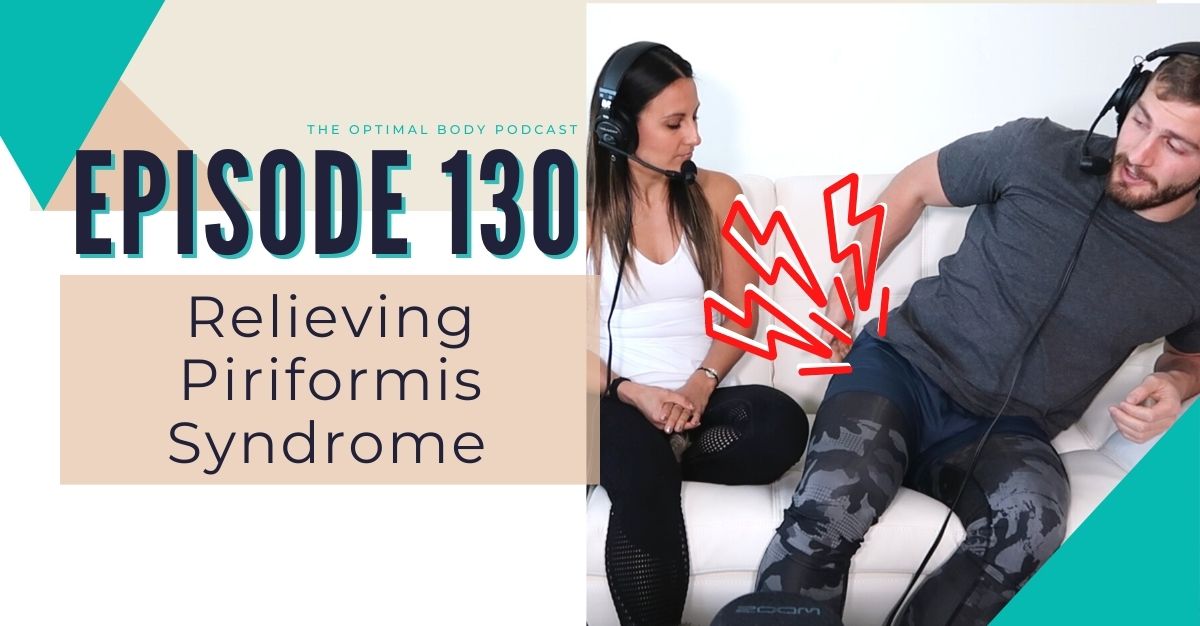
130 | Relieving Piriformis Syndrome
In this episode, DocJen & Dr.Dom describe the anatomy and physiology of the Piriformis. They explain what may be happening and the possible causes of your pain. Debunking common misconceptions about stretching, digging into the piriformis, and whether your Piriformis is truly the culprit, they provide their step-by-step process to approaching your piriformis syndrome.
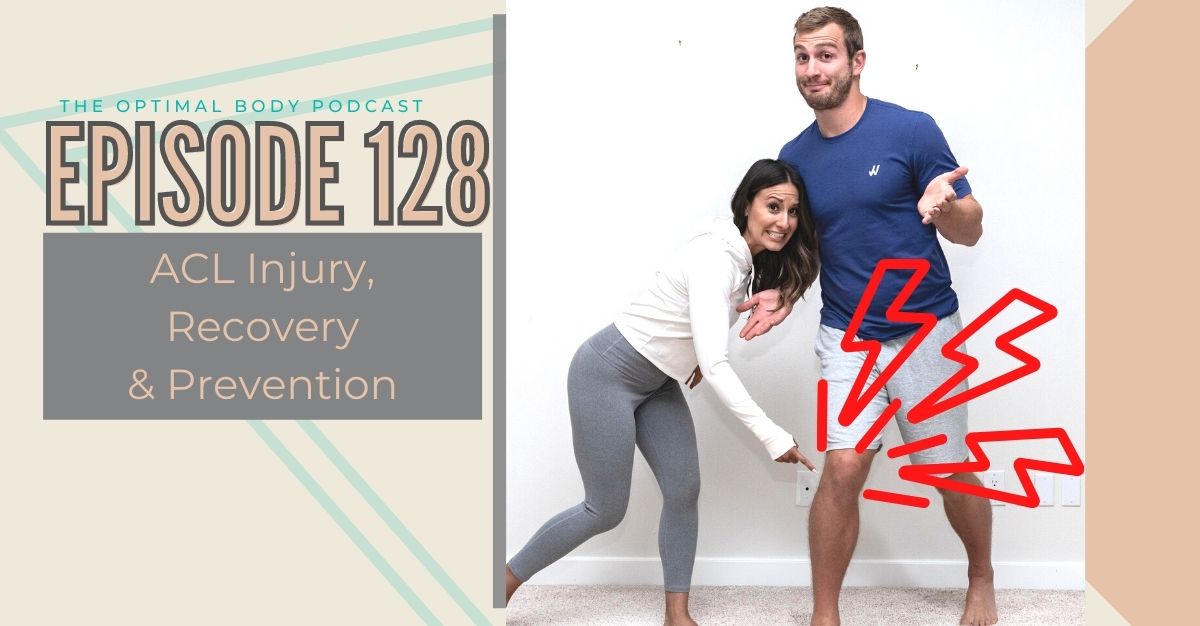
128 | ACL injury, Recovery & Prevention
In this episode, DocJen & Dr. Dom describe the anatomy and physiology of the ACL, and how ACL tears are determined, who is at risk, and whether the ACL reconstructive surgery is for you. Using research, they explain the correlations between ACL injuries, Knee Osteoarthritis, knocked knees and laxity, and the prevalence of re-injury. Providing you with an ACL rehab guide, they hone in training function, rather than worrying about structure.
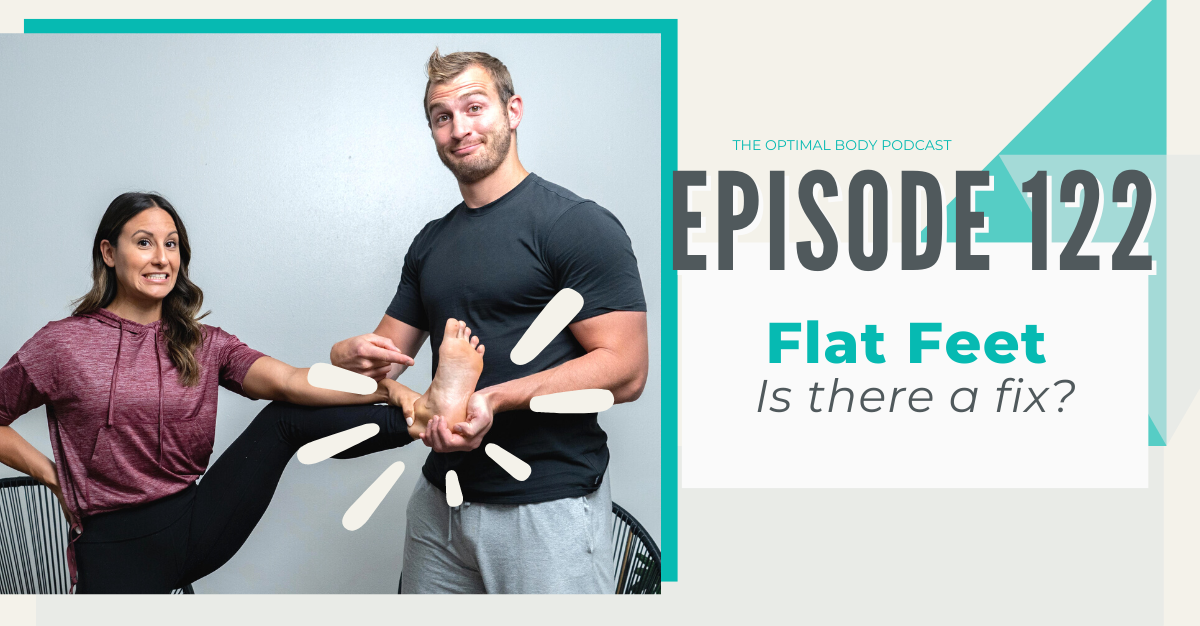
122 | Flat Feet – Is there a fix?
In this episode, DocJen & Dr. Dom describe the anatomy and physiology associated with flat feet, the different types of flat feet, risk factors, and the signs and symptoms associated with it. They explain the compensatory and common walking patterns seen with flat feet but hone in the function of the feet over the appearance of the arch. They guide you through bringing awareness to those feet, and explain how going Barefoot may be beneficial for you.
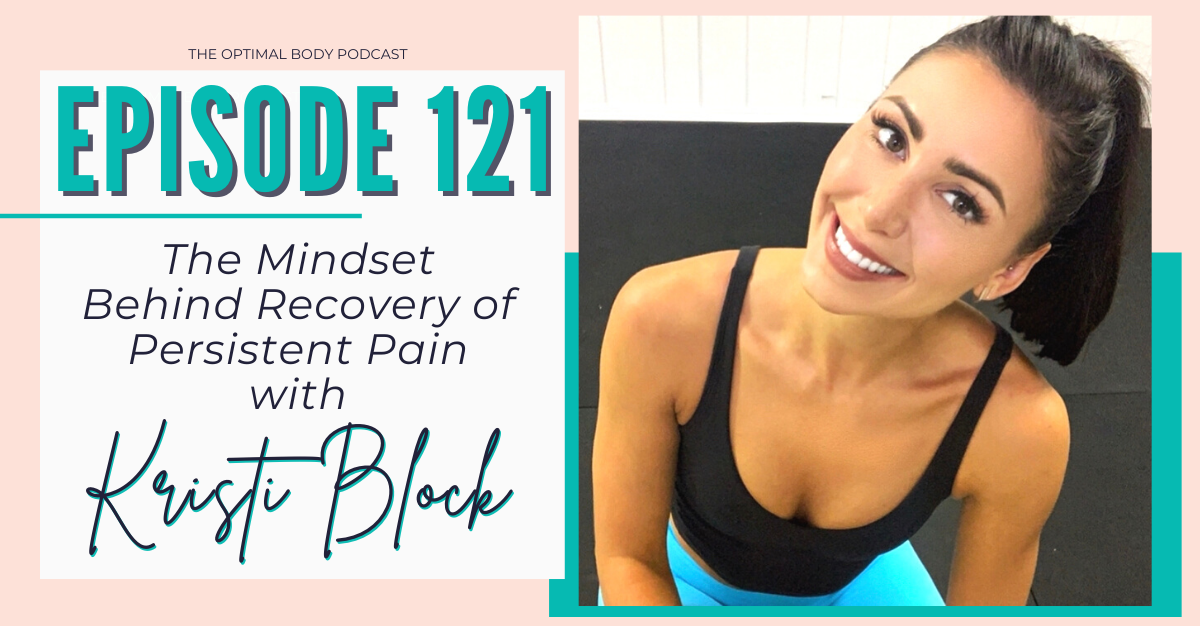
121 | The mindset behind recovery of persistent pain with Kristi Block
In this episode, physical therapist, Kristi Block, dives into her experience with recent chronic neck pain and the mindset shifts she made to optimize recovery. Furthermore, the hones in on the importance of education as a physical therapist and the beauty in refining the basics. She provides insight into injury prevention and ridding the “no pain no gain” mentality. She provides her top tips for persistent pain and her mission for Reach Rehab.
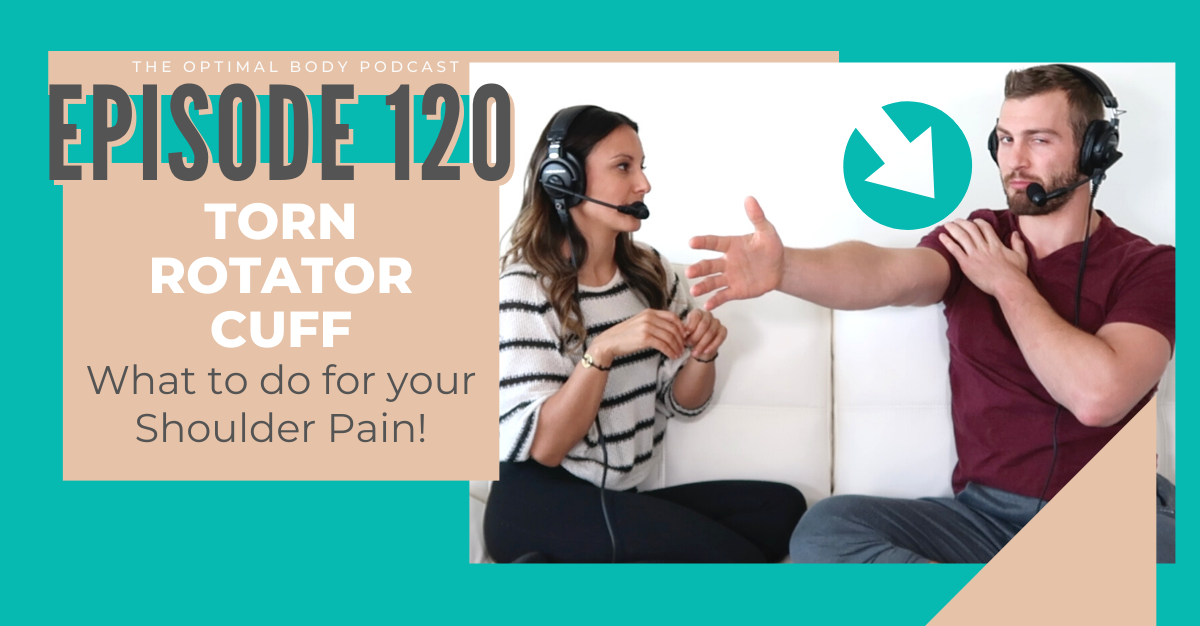
120 | Torn Rotator Cuff – What to do for your shoulder pain!
In this episode, DocJen & Dr. Dom use current research on asymptomatic rotator cuff injuries and how diagnosis does not necessarily determine pain. They explain the anatomy & physiology associated with the rotator cuff and how it may be vulnerable to injuries. They discuss muscular imbalances, the importance of the thoraicc spine, and provide their best tips to approach rehabilitation of the rotator cuff.
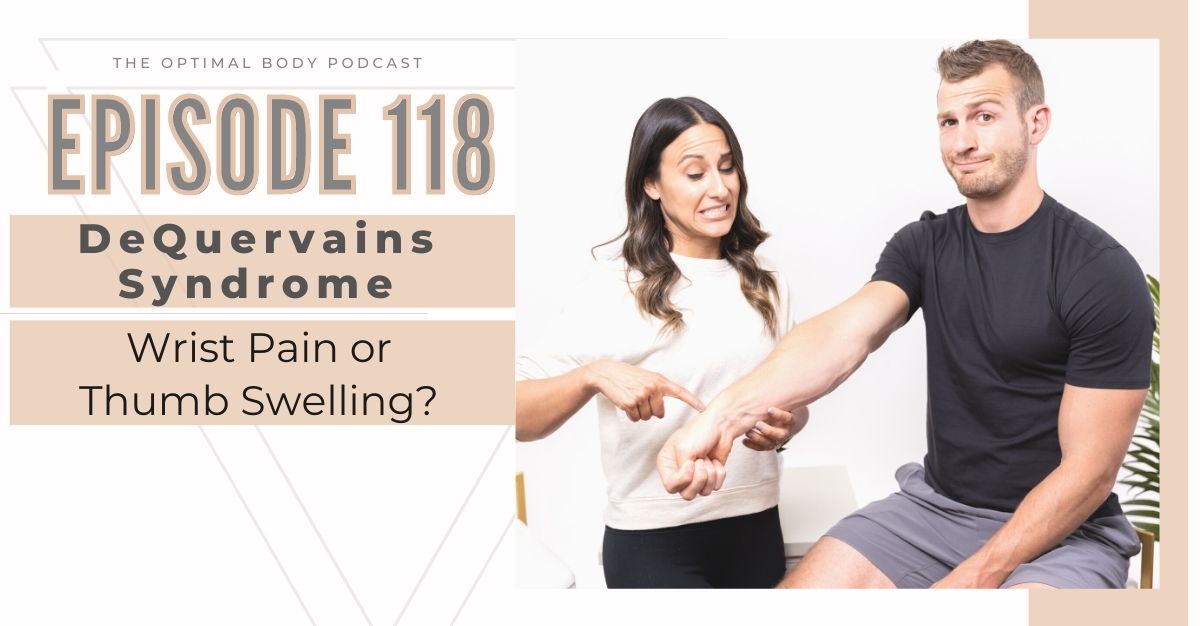
118 | DeQuervain’s Syndrome – Wrist pain or thumb swelling?
In this episode, DocJen & Dr. Dom decipher DeQuervain’s Syndrome, its prevalence, and how the Finkelstein’s test is used to diagnose DeQuervain’s Syndrome. They present current perspectives on whether or not DeQuervain’s Syndrome is an inflammation-based diagnosis and how to approach related symptoms. They present their thoughts on steroid injections and surgery, honing in on prehabilitation, and why physical therapy may be more beneficial.
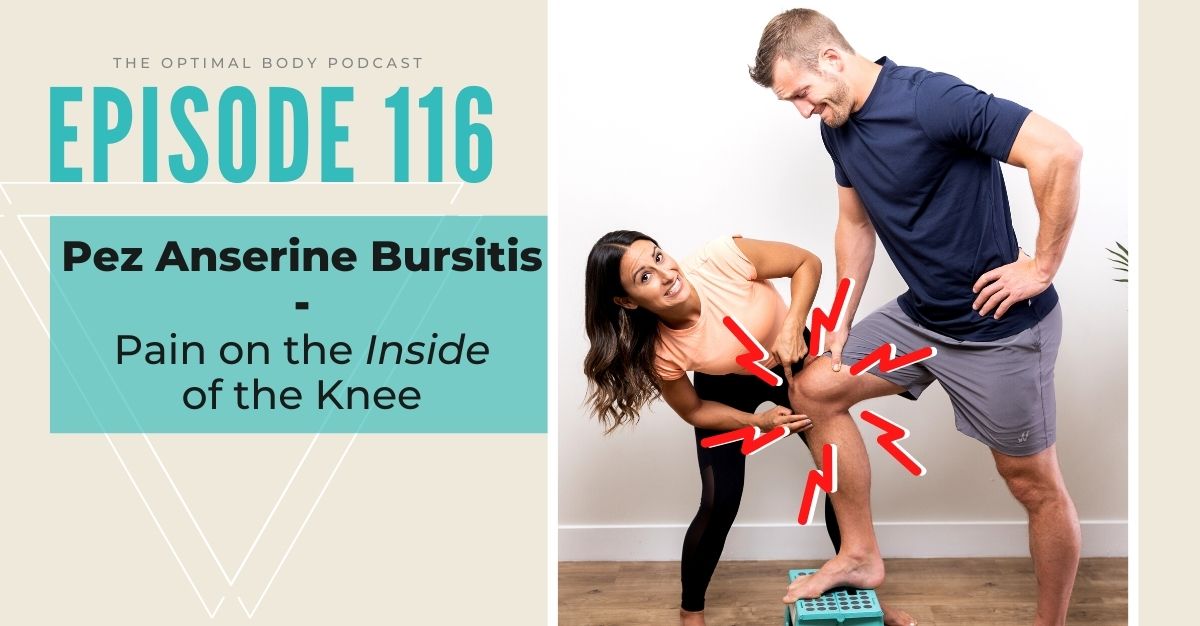
116 | Pes Anserine Bursitis – Pain on the inside of the knee
In this episode, DocJen & Dr. Dom describe the anatomy and physiology associated with the Pes Anserine Area, symptoms associated with the diagnosis, and what could be contributing to bursitis-related symptoms. They explain its prevalence in athletes, and how muscular imbalances play a role. Finally, they provide insight nto treating Pes Anserine bursiits, how to target muscles speciically, and how the function of the feet affect everything up the chain.
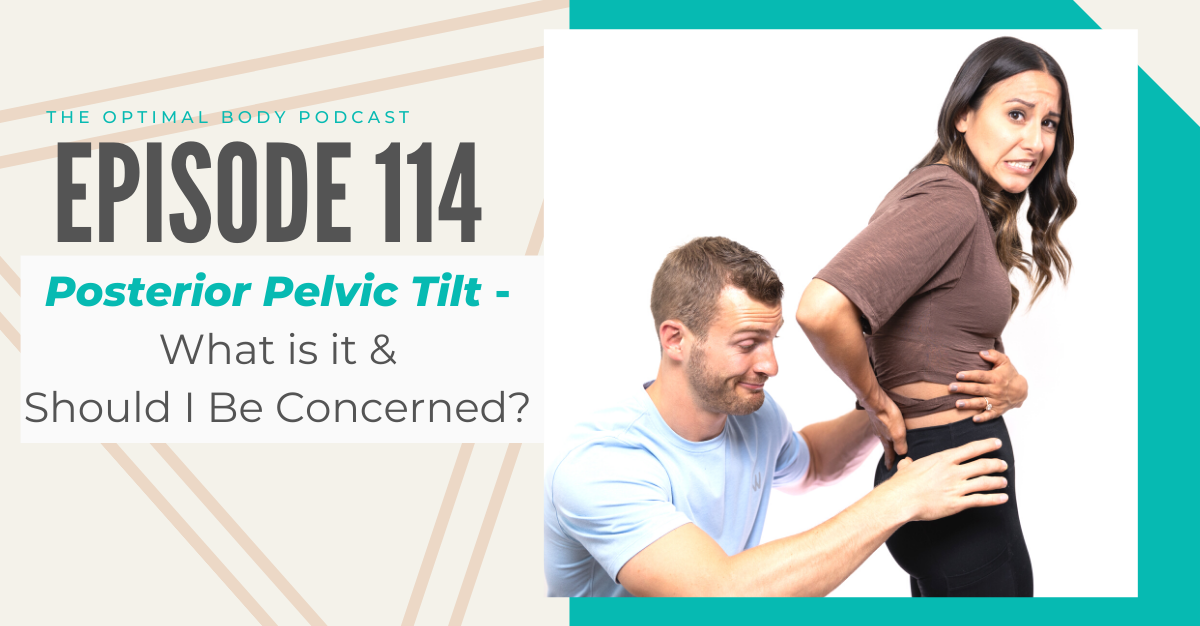
114 | Posterior Pelvic Tilt – what is it & should I be concerned?
In this episode, DocJen & Dr. Dom hone in on how structure does not determine pain. After describing the differences between anterior and posterior pelvic tilt, they highlight current understandings about pain and the posterior pelvic tilt based on research. They address the importance of movement awareness and coordination, and debunk common associations with the pelvic tilt. Finally, They suggest how to address your pelvic tendencies and share their experiences.
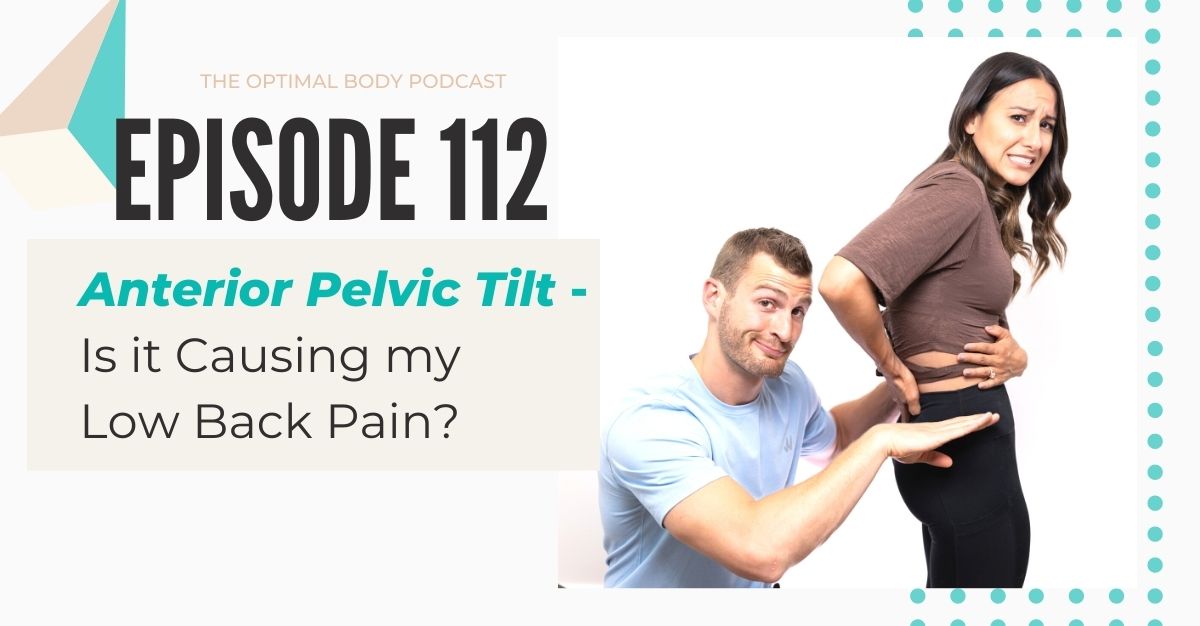
112 | Anterior Pelvic Tilt- Is it causing my low back pain?
In this episode, DocJen & Dr. Dom break down what pelvic tilts are and how to determine your pelvic tendencies. Dr. Dom shares his experience with an anterior pelvic tilt and the Lower Cross Syndrome phenomenon. They explain the effects of continually stretching the hip flexors to address anterior pelvic tilts and how the nervous system plays a bigger role. They guide you through neurologically re-patterning and building back your foundations with breath.
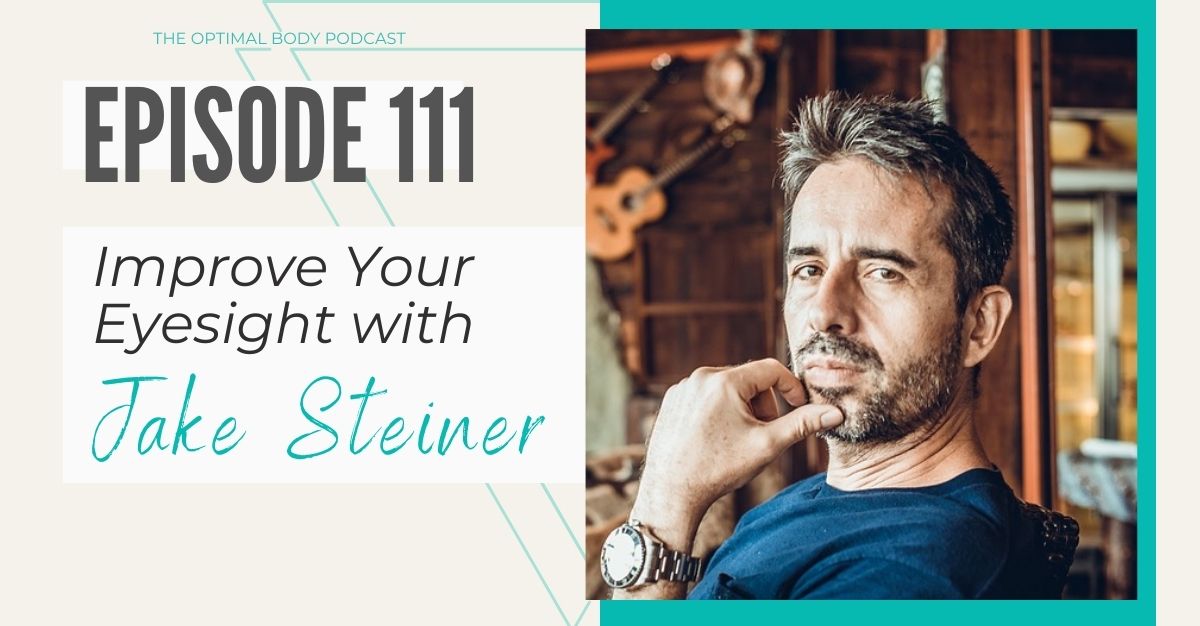
111 | Improve your eyesight with Jake Steiner
In this episode, Jake described what is happening in the eye with Myopia, whether glasses are worsening your eyesight and the role of contract lenses. Furthermore, he shares his tips on preserving eye health with technology, and whether squinting is making your eyesight worse. He discusses Lasik and whether you truly need it, the benefits of eye exercises, and how eye health is influenced by the environment. Finally, he provides his best tips!







